If there is one thing to be said about European-designed and built overland vehicles, it is they tend to be practical above all else. While others may fit larger tires and bolt attractive light bars and a plethora of accessories to their vehicles, the continental Europeans tend to stay well within the manufacturer’s specifications. And while their vehicles may not initially be visually awe-inspiring, they are completely fit for purpose with every modification and addition eruditely researched, considered, and installed. The Swiss and Germans are exceedingly punctilious, and this German couple, based in Switzerland, has further modified a meticulous vehicle, true to form.

Melanie and Sebastian recently embarked on a 14-month expedition, immersing themselves in the diverse landscapes and cultures of North America and Central America. Their vehicle of choice for this epic adventure is a custom-built Toyota Land Cruiser BJ75, which they modified into a fully equipped camper to ensure comfort and reliability during their extensive travels. Melanie and Sebastian’s passion for overlanding began during their expedition along the Pan-American Highway in 2018 and 2019. During this previous expedition, the couple’s positive experience with a 1984 Toyota Land Cruiser BJ45 cemented their vehicle and brand loyalty.
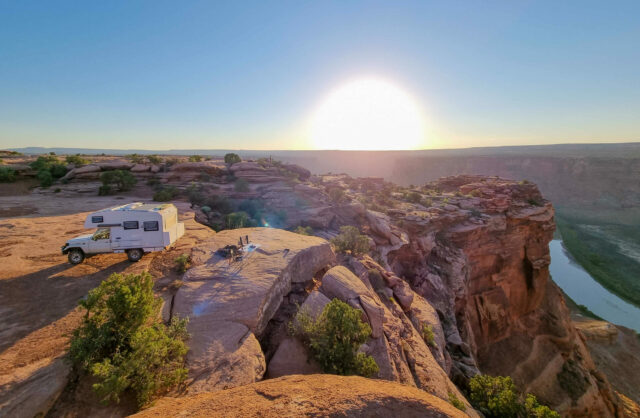
The duo initially chose the Land Cruiser as their base vehicle due to its simplicity, reliability, and mechanical nature. They valued its ease of repair, even in remote regions with limited resources, thanks to the lack of complicated electronics. The legendary Toyota’s reliability proved invaluable during their trip to South America, as they encountered no significant breakdowns. Although regular maintenance was essential for their old BJ45, it ensured they never faced prolonged delays executing repairs or waiting for spare parts. Melanie and Sebastian’s trust in the Land Cruiser’s capabilities made it the perfect choice for their overlanding adventures across various continents, and they knew that if they ever did buy a new overland vehicle, it would be a Land Cruiser. That time would come sooner than expected.
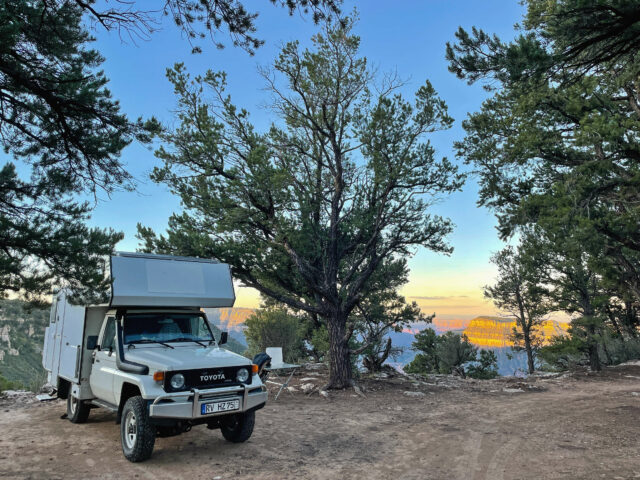
After returning to Switzerland, the couple realized their time exploring North America was insufficient, leading to daydreaming about another journey to the continent. They weren’t actively searching for a newer vehicle, but they had crossed tire tracks with the BJ75 Toyota Land Cruiser, which belonged to friends they had met in Guatemala. When it became available for sale, they seized the opportunity quite spontaneously. Equipped with a Bimobil cabin, the Land Cruiser BJ75 offered much more living and storage space than the BJ45: the vehicle was younger and incredibly well-maintained and included impressive modifications that enhanced both living and storage space. And so it came to be that the Land Cruiser BJ45 was replaced by a Land Cruiser BJ75. In early 2020, Melanie and Sebastian took delivery of the vehicle and began their build, transforming it into their ideal overland camper.
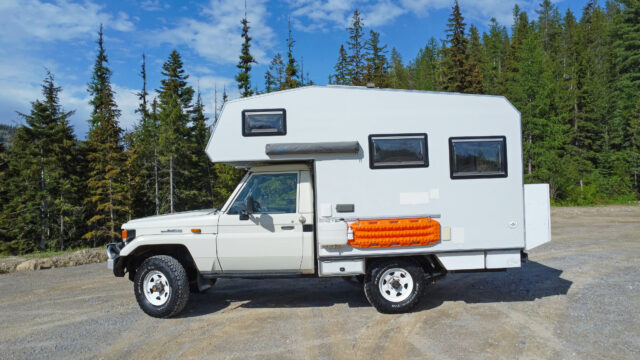

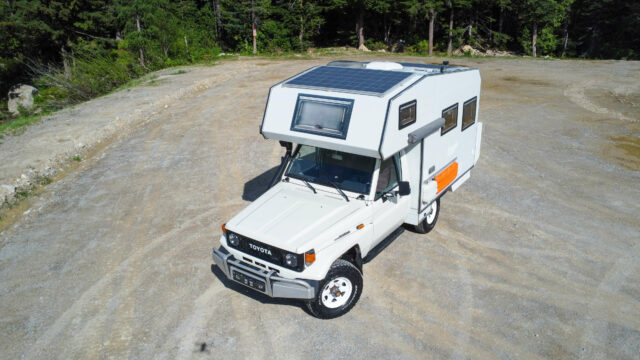
Inspiration for the camper’s design arose during the renovation process. Initially planning only minor changes, such as interior painting and appliance modernization, they discovered moisture damage in the cab-over section. This eventually led to a comprehensive renovation of the entire camper, addressing potential water damage and modernizing the interior. The initial idea of “Let’s just paint it and modernize a little,” had quietly turned into a complete renovation.
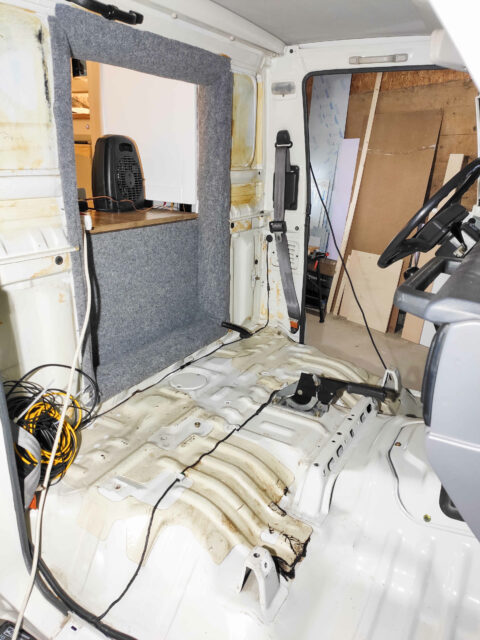
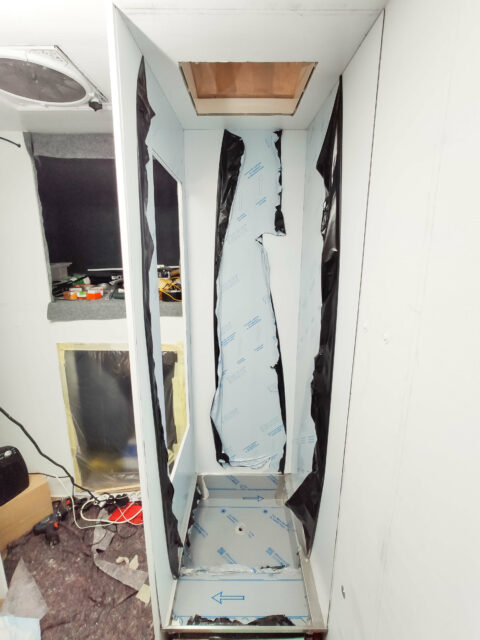
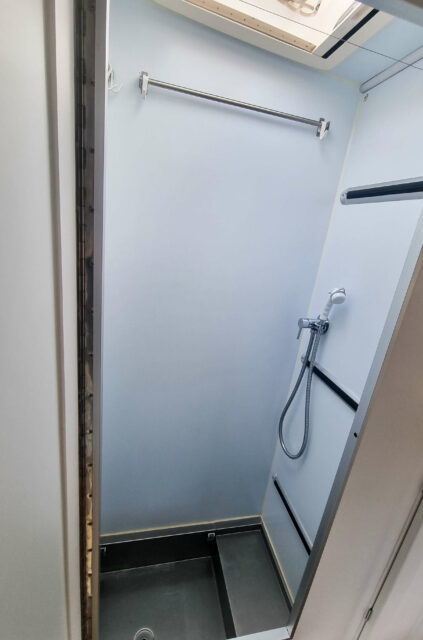


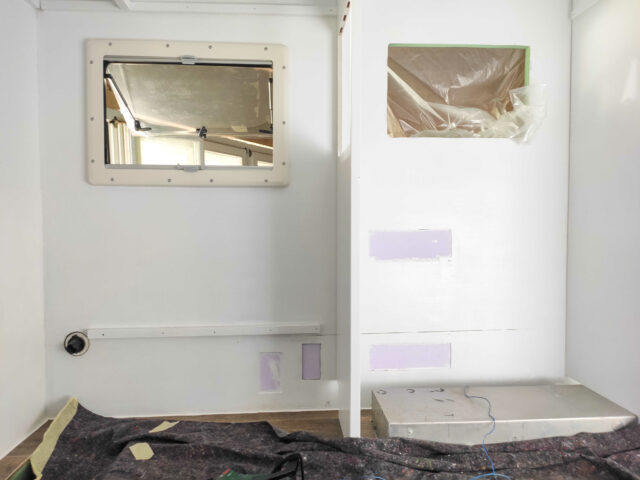
The original 1988 Bimobil layout dictated the design of the camper, as the window cutouts and door determined the general configuration. However, Melanie and Sebastian made several adjustments, including structural improvements such as relocating the large water tank to the front of the camper for better weight distribution, a task that is much easier said than done. As a rule, they prioritized lightweight and sturdy construction while ensuring heavy items were positioned low and central.
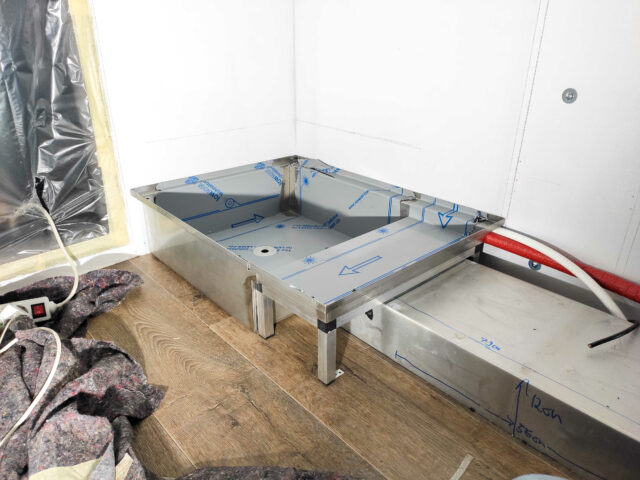
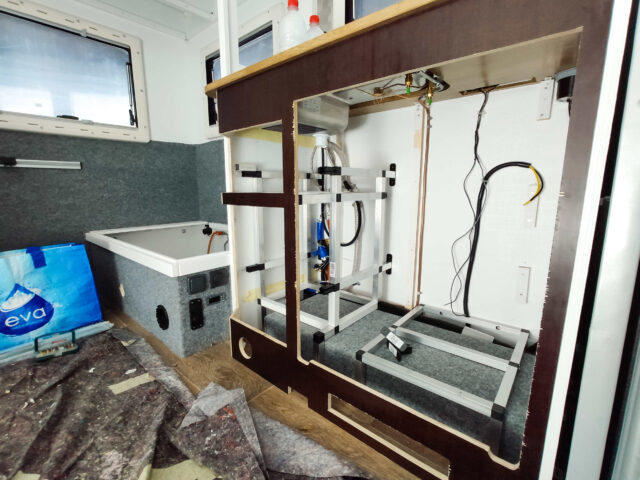
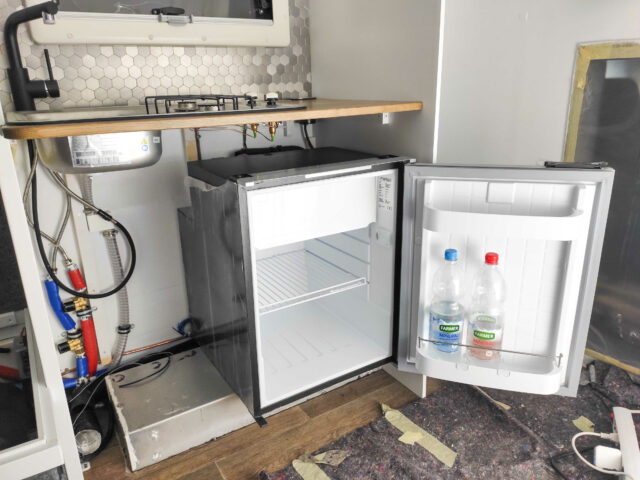
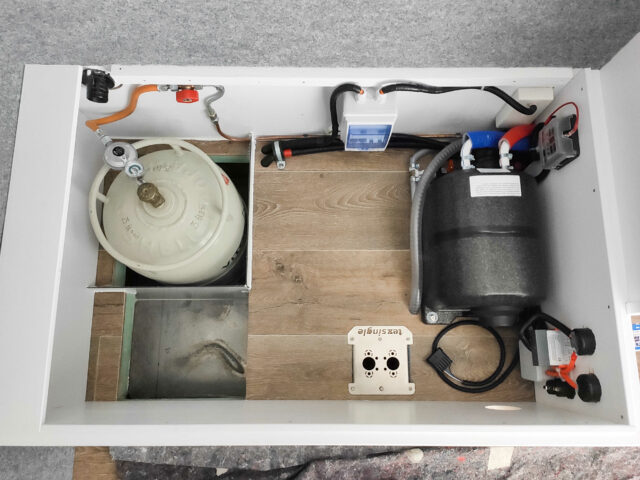
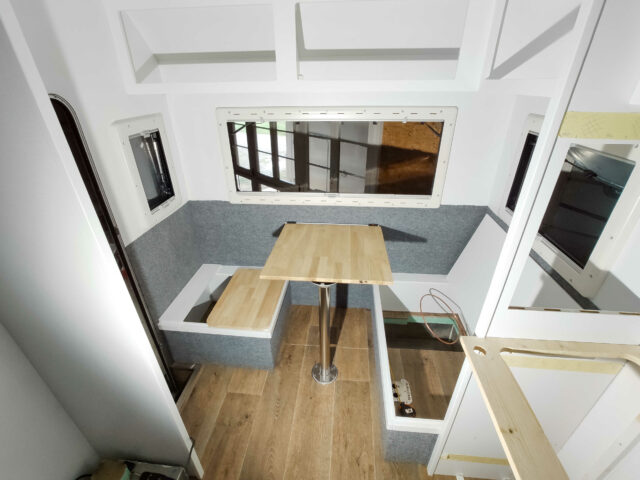 The build process was a labor-intensive endeavor that spanned over a year and a half, with the couple devoting their weekends and some vacation time to the project. Overcoming logistical challenges due to their urban location and the pandemic, they regularly traveled 40 minutes to a nearby farm where the vehicle was stored in a farmer’s barn. Despite delays caused by limited access to the vehicle during the workweek, Melanie and Sebastian persevered, gaining invaluable experience and successfully implementing all their desired features.
The build process was a labor-intensive endeavor that spanned over a year and a half, with the couple devoting their weekends and some vacation time to the project. Overcoming logistical challenges due to their urban location and the pandemic, they regularly traveled 40 minutes to a nearby farm where the vehicle was stored in a farmer’s barn. Despite delays caused by limited access to the vehicle during the workweek, Melanie and Sebastian persevered, gaining invaluable experience and successfully implementing all their desired features.

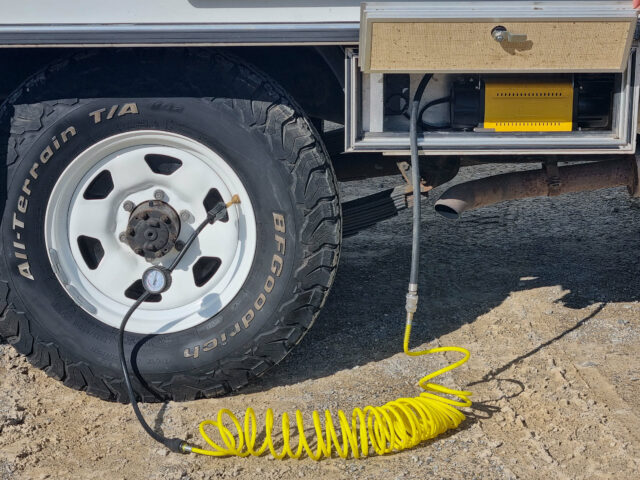
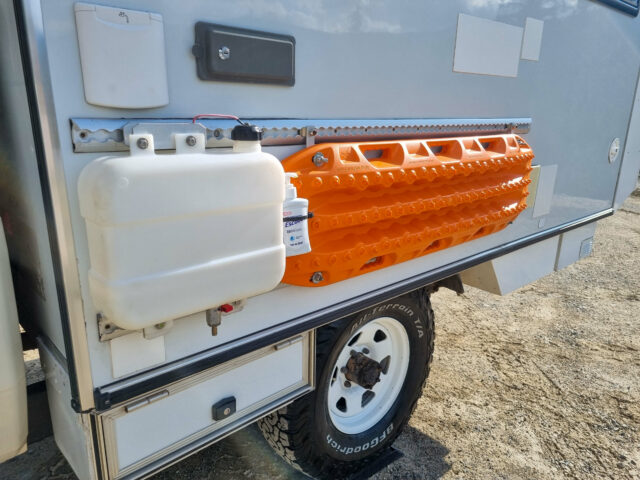
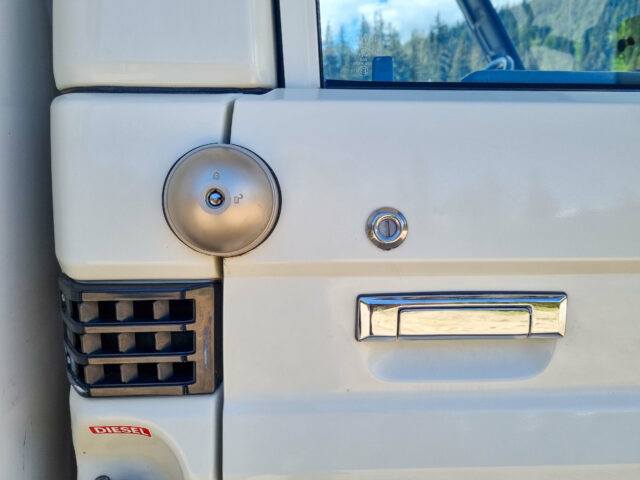
Mechanical modifications to the vehicle included retrofitting a turbo kit from an Australian company, AXT, to enhance the performance of the Toyota 3B engine, increasing the power from 90 horsepower to approximately 120 horsepower. They had previously fitted a similar turbo kit to the BJ45, which had proven reliable and effective; this is a very popular modification to the 3B engine, proven to work well in hundreds of vehicles.
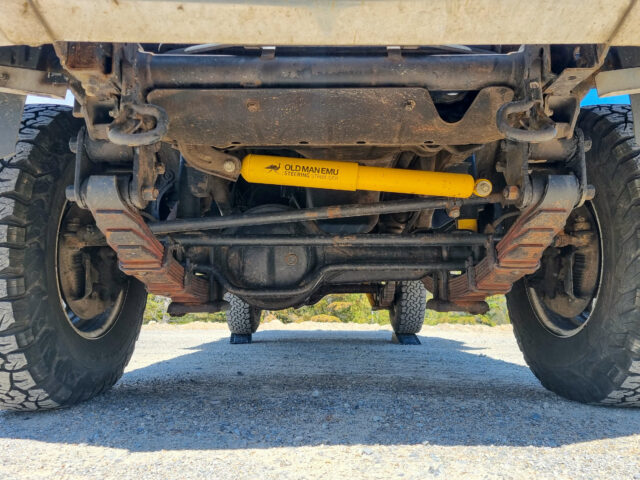
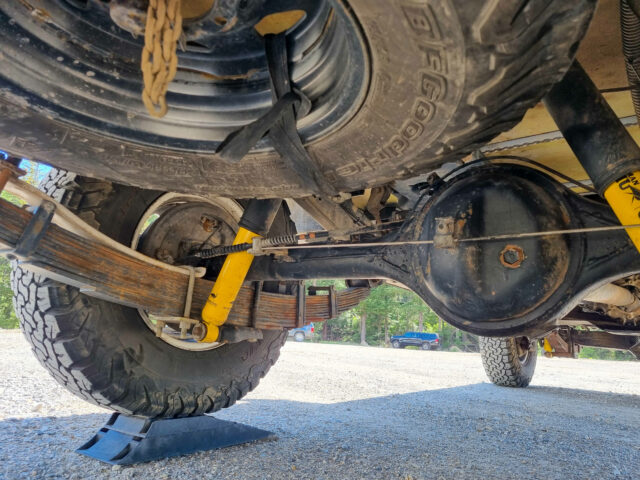
Additionally, an OME Heavy-Duty Plus suspension system with a full set of OME nitro charger sport dampers was installed to support the camper’s weight. Beyond that, they kept everything as stock standard as possible since these vehicles are usually very reliable, and keeping it stock makes it much easier to find original spare parts rather than having to look for aftermarket parts that may not be available in some countries.
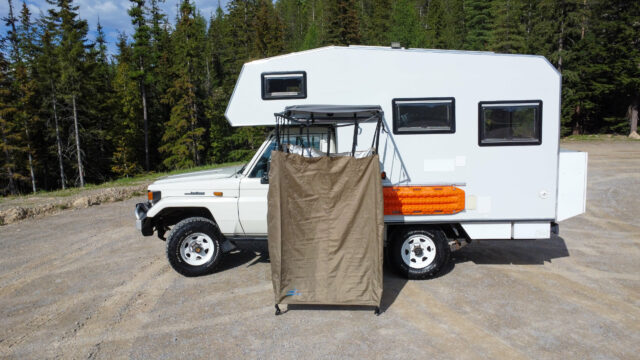
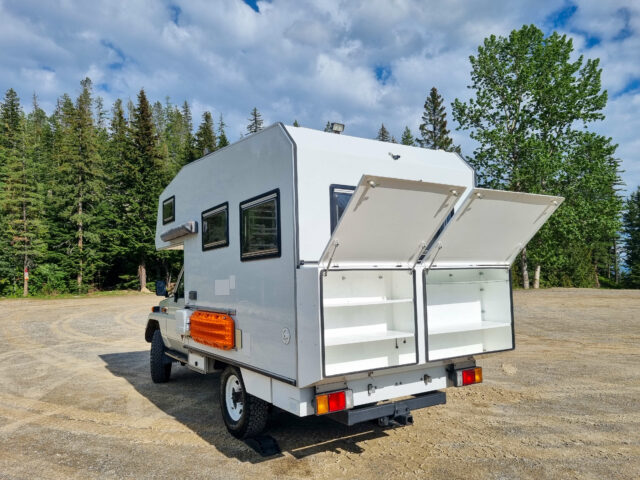
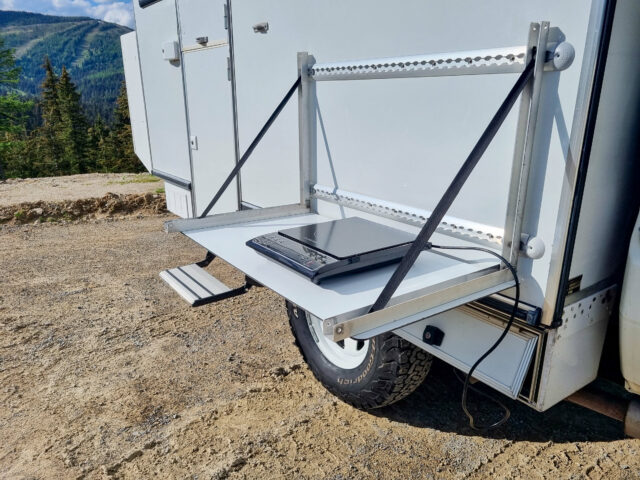
Due to these logistical constraints and the impact of the COVID-19 pandemic, the build process lasted nearly two years. Securing parts and materials became increasingly challenging, but their dedication to the project enabled them to complete the transformation in time for the journey to North America.
While the exact cost of the vehicle and modifications remains undisclosed, Melanie and Sebastian emphasize their significant investment in high-quality components and countless hours of labor. Their meticulous attention to detail ensured they had a reliable and comfortable home on wheels for their long-term journey; the camper’s modern and sleek interior design, coupled with panoramic windows, creates a spacious and refreshing living environment. The twosome had built a vehicle that suited their needs and style of travel; now, they needed to test the build during a shade-down trip.
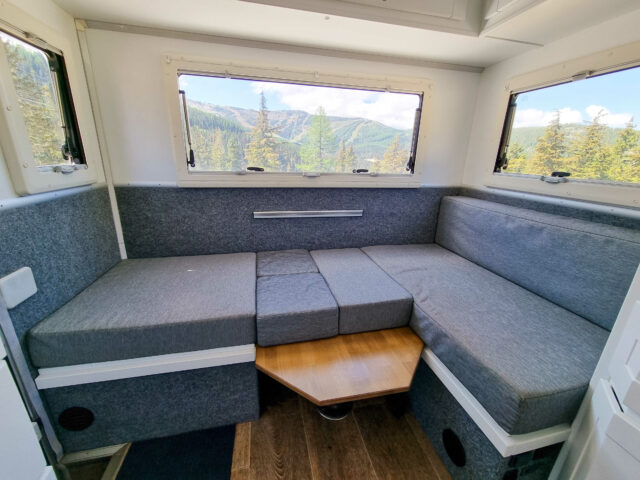
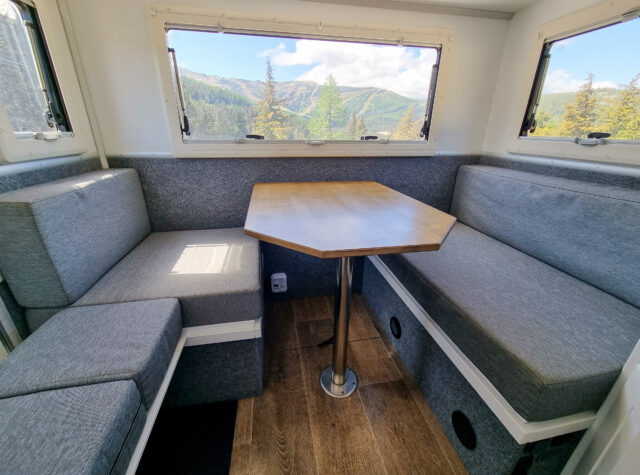
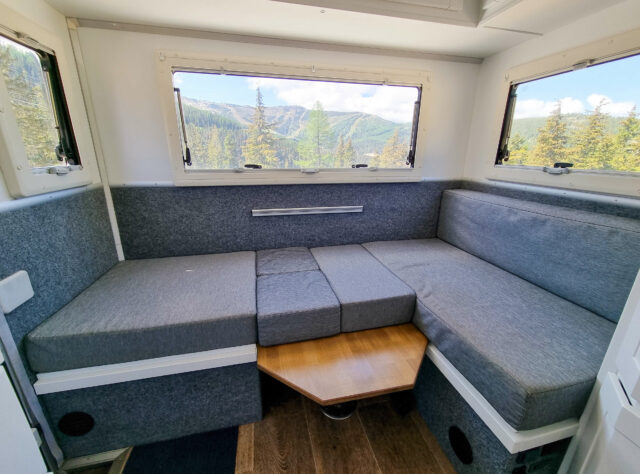
The couple’s first trip with the customized camper took them to Norway for a blissful six-week overland journey in 2021. This initial voyage allowed them to thoroughly test the vehicle’s capabilities and identify areas for improvement. Unfortunately, living in the vehicle highlighted weaknesses in the onboard power system. Digging deep into their budget, they upgraded the solar and battery system in order to be able to reliably cook with an induction cooker, even after several cloudy days. The battery was upgraded from a 150 amp-hour to a 320 amp-hour LiFePo4 battery while simultaneously being mated to new, efficient solar panels that increased capacity from 340 to 620 watts. And to keep the weight on the roof as low as possible, they utilized ultralight framed flexible panels, which weigh just less than 16 pounds per 310-watt panel.
“One major goal when building the vehicle was to be able to go off-grid for as long as possible. Hence, we fitted a 37-gallon/140-liter water tank and the aforementioned solar system, which, considering the vehicle size and weight (6,840 pounds with full fuel tank, driver, and some minor bits and pieces), are relatively big. This allows us to comfortably stay off-grid for up to two weeks without any sacrifices with regards to comfort.”
Finally satisfied, the vehicle was shipped to North America to fulfill the dream of further exploration. Reflecting on their journey in North America, Melanie and Sebastian expressed their satisfaction with the camper’s performance. They credit the vehicle’s reliability for their limited issues while traveling, with the only notable incident being a near-disaster caused by forgetting to re-tighten wheel lug nuts. Fortunately, they noticed the mistake in time and were able to narrowly avoid a calamity; after replacing the bent wheel lug as well as the rim, which had suffered some damage, they were back on the road. As learned in past travels, the discipline of regular maintenance and preemptive visual checks have been instrumental in preventing any significant breakdowns. Just because a vehicle has a bulletproof reputation does not mean it does not need to be cared for.
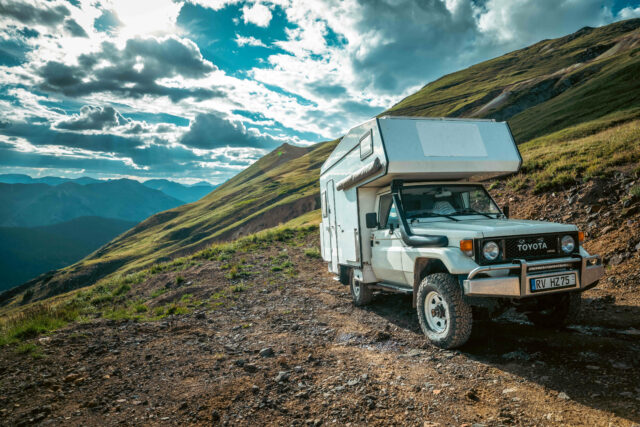
Affectionately named Gary after the snail in SpongeBob SquarePants that carries its house on its back, the camper has accompanied Melanie and Sebastian on their explorations through Norway, Mexico, the United States, and Canada. As their current journey concludes in late July 2023, the couple plans to embark on shorter European trips that align with their work commitments. The Land Cruiser will, however, not be their travel vehicle as it has recently been sold.
Looking back on their overlanding experiences, Melanie and Sebastian have few regrets regarding their build. If starting from scratch, they would focus on improving the cabin layout to optimize weight distribution further. However, they remain immensely satisfied with their current vehicle and anticipate future builds to address changing needs and travel plans.
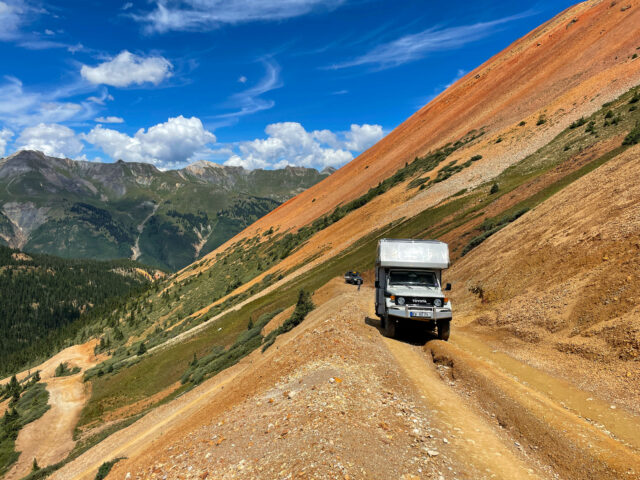
Melanie and Sebastian’s journey stands as a testament to the freedom and adventure overlanding offers. Their custom-built Toyota Land Cruiser has facilitated their exploration of breathtaking landscapes and diverse cultures while providing a comfortable and reliable home on the road. We can’t wait to see which vehicle they will choose to purchase and significantly improve next, but if their past track record is anything to go by, the vehicle will most likely be a mid-’90s or early 2000s Toyota Land Cruiser.
1988 Toyota Land Cruiser BJ75 Specifications
1988 Toyota Land Cruiser BJ75 with Bimobil Camper
Power
- Toyota 3B, 3.4-liter, inline, four-eight-valve, OHV-diesel engine
- AXT turbo kit
Suspension and drive
- OME heavy-duty springs
- OME Nitrocharger Sport shocks
Wheels and Tires
- Toyota stock 16-inch rims
- BFGoodrich AT KO2 235/85/R16 tires
Solar and Electrical
- LiFePo4 320 amp-hour lithium battery with 250-amp BMS
- Sunman 310-watt solar panels (2)
- Ective CSI 20 200-watt pure sine wave inverter
- Sterling Power 12-volt 30-amp Pro Charge Ultra shore power charger
- Victron Energy MPPT solar charge controller
- Victron Energy Orion Tr-Smart B2B charger and 500-amp shunt
Interior
- Dometic sink and two burner propane stove combo
- Vitrifrigo C90 fridge and freezer
- 140-liter freshwater tank with 38-liter graywater holding tank
- Indoor shower with composting toilet
- Outdoor shower with shower cubicle
- Planar 2-kilowatt diesel heater
- Maxxair roof vent
Instagram: the_campulance
Our No Compromise Clause: We carefully screen all contributors to ensure they are independent and impartial. We never have and never will accept advertorial, and we do not allow advertising to influence our product or destination reviews.
See more: California with a Defender 130 – Costa Rica Hasta Alaska :: Video of the Week


